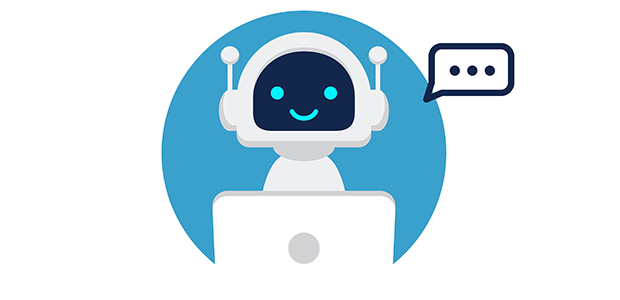How to Create a Chatbot Using ChatGPT: A Step-by-Step Guide


How to Create a Chatbot Using ChatGPT: A Step-by-Step Guide
Chatbots have revolutionized customer service, automation, and user engagement across multiple industries. With ChatGPT, creating an AI-powered chatbot has become more accessible than ever. Whether you're building a chatbot for business, customer support, or personal use, this guide will walk you through the process step by step.
Step 1: Define Your Chatbot’s Purpose
Before diving into development, it's essential to define your chatbot’s goal. Ask yourself:
Will it handle customer support queries?
Should it assist users with specific tasks?
Is it a general-purpose chatbot for entertainment and engagement?
Step 2: Choose the Right Tools & Platform
To build a chatbot using ChatGPT, you need:
OpenAI API Access: Sign up at OpenAI to get API access.
Development Platform: Use Python, JavaScript, or a no-code platform like Chatbot.com, Dialogflow, or BotPress.
Hosting: Choose a cloud provider like AWS, Google Cloud, or Azure to deploy your chatbot.
Step 3: Set Up the ChatGPT API
Get API Key: Register on OpenAI, navigate to the API section, and generate an API key.
Install OpenAI’s Python Package: If using Python, install the OpenAI SDK:
pip install openai
Make an API Call: Use the following Python script to interact with ChatGPT:
import openai openai.api_key = "your_api_key_here" def chat_with_gpt(prompt): response = openai.ChatCompletion.create( model="gpt-4", messages=[{"role": "user", "content": prompt}] ) return response["choices"][0]["message"]["content"] user_input = input("You: ") print("Bot:", chat_with_gpt(user_input))
Step 4: Design the Conversation Flow
To create a meaningful chatbot experience:
Define user intents (e.g., FAQs, appointment booking, order tracking).
Train the chatbot with structured responses and dynamic replies.
Use JSON or a database to store user interactions.
Step 5: Integrate the Chatbot into a Website or App
For a seamless user experience, integrate the chatbot into platforms like:
Website: Use JavaScript or embed chatbot widgets.
Mobile Apps: Develop with Flutter, React Native, or native Android/iOS SDKs.
Messaging Platforms: Deploy on WhatsApp, Telegram, Facebook Messenger using API connectors.
Step 6: Test and Optimize
Conduct extensive testing for different user inputs.
Optimize responses using feedback mechanisms.
Improve accuracy with fine-tuning and training on domain-specific data.
Final Thoughts
Creating a chatbot with ChatGPT is an exciting way to automate conversations and enhance user engagement. By following these steps, you can build a powerful AI chatbot for various applications. Start experimenting today and bring AI-driven interactions to life!
